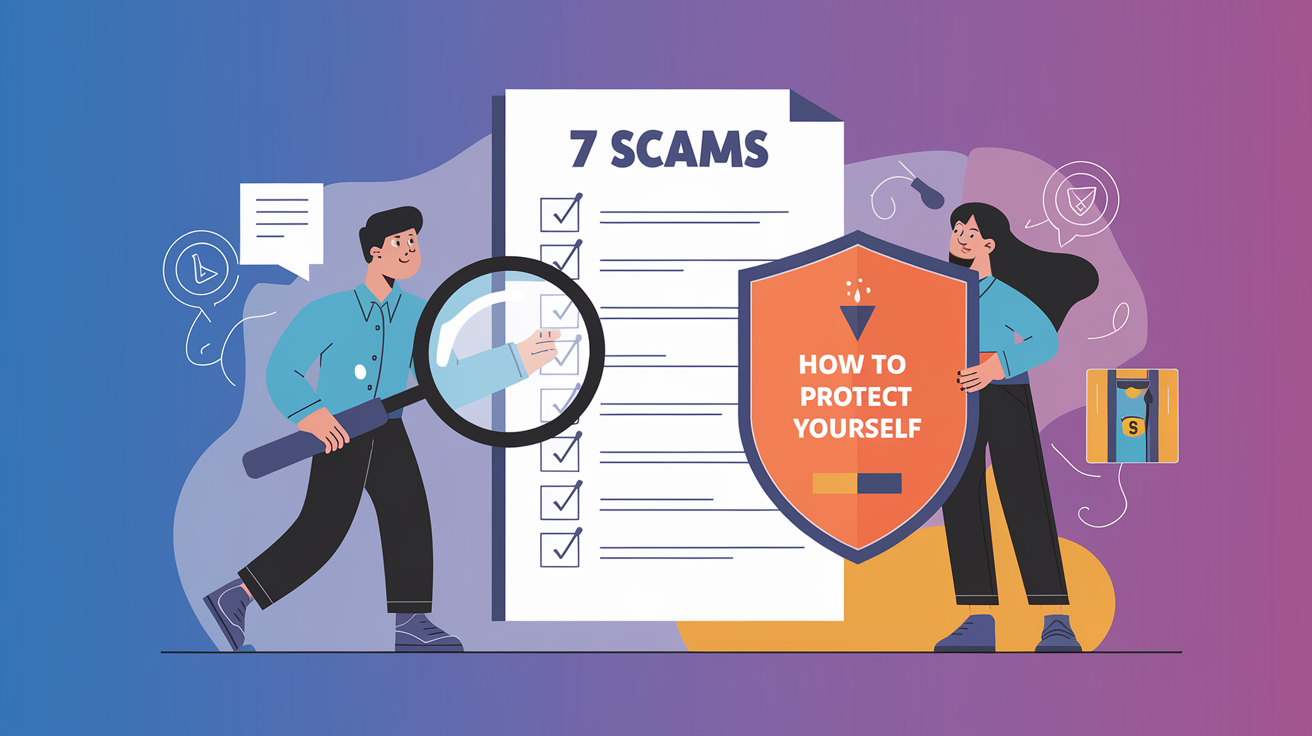When it comes to the Commutation of Pension, it’s essential to make an informed decision. Although all officers are familiar with the term, 90% still find the concept confusing. If you’re one of them, don’t worry—this post will clear up any doubts.
What is Pension Commutation?
Commutation of pension allows officers to convert up to 50% of their basic pension into a lump sum, which is tax-free. You can choose to commute anywhere from 0% to 50%, depending on your financial needs.
Let’s break it down with an example:
Imagine a Colonel who opts for Premature Retirement (PMR) after serving 21 years. At the age of 44+, his net pension would be ₹1,28,550 (refer calculations). If he chooses to commute 50% of his pension, the commuted portion would be ₹42,850, and his monthly pension post-commutation would be ₹85,700.
Now, let’s calculate the lump sum he would receive. Since his next birthday falls at age 45, the commutation factor for 45 is 8.996.
So, the lump sum is calculated as: ₹42,850 × 8.996 × 12 = ₹46,25,743.
Two options to choose from
At this point, the officer has two options:
-
Receive a full pension of ₹1,28,550 per month.
-
Receive a reduced pension of ₹85,700 and a one-time lump sum of ₹46,25,744.
Key considerations
Here’s where it gets interesting—the tax status of your pension plays a crucial role in making your decision:
-
If the pension is taxable, you can easily offset the reduction in your monthly pension through investments. With a return on investment (ROI) of just 2.4%, you can bridge the gap between the full pension and the reduced amount. Considering that bank fixed deposits (FDs) offer post-tax returns of 4-5%, commutation makes financial sense.
-
If the pension is non-taxable, the gap can be covered with a slightly higher ROI of 7.2% on the commuted lump sum. Even though 7.2% may seem like a higher target, it is achievable through prudent investments in equities or other low-risk options. Moreover, having a non-taxable pension is a rare and beneficial situation, subject to various rules.
When should you consider Commuting?
Commuting your pension could be a smart choice if you are relatively young, have financial obligations, or possess secondary income sources that can compensate for the reduced pension. The principle is simple: Money in hand today is worth more than money in the future. Also, in the unfortunate event of a pensioner’s death, the full pension is restored to their family members, which is another point to consider.
Calculations
Let’s look at the specific pension calculation for this officer:
-
Basic pay: ₹1,55,900
-
Military Service Pay (MSP): ₹15,500
-
Dearness Allowance (DA): 50%
The pension is calculated as follows:
-
50% of (Basic + MSP) = 50% of ₹1,55,900 + ₹15,500 = ₹85,700
-
Total pension = ₹85,700 + ₹42,850 (DA @50%) = ₹1,28,550
For commutation:
-
Commuted portion = 50% of ₹85,700 = ₹42,850
-
Monthly pension post-commutation = ₹1,28,550 – ₹42,850 = ₹85,700
Conclusion
If you carefully analyse your tax status and potential ROI from investments, commuting your pension is a financially sound decision. Whether your pension is taxable or non-taxable, you can achieve the necessary returns to offset the shortfall in monthly pension.
Have you commuted your pension? If so, did it work out well for you? Let’s discuss your experience and exchange insights with fellow veterans.
Watch our YouTube Video for more: https://bit.ly/pensioncommute
For a detailed discussion on Pension Commutation, Register for 29 Sep’24 Webinar: https://bit.ly/Finvision2024Webinars
Need help understanding your financial options? Contact Finvision Financial Services for expert advice today!
📞 : +91 9654341212











